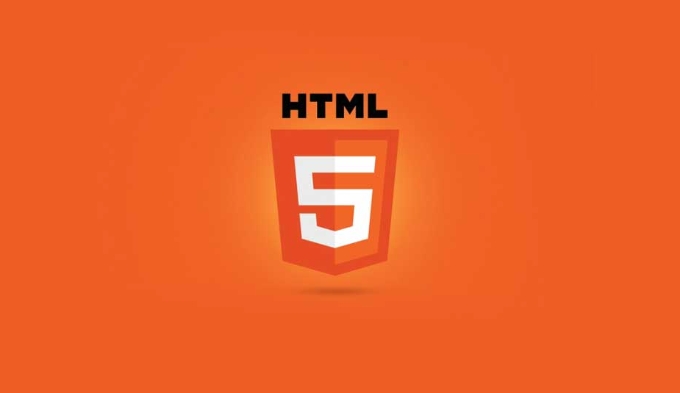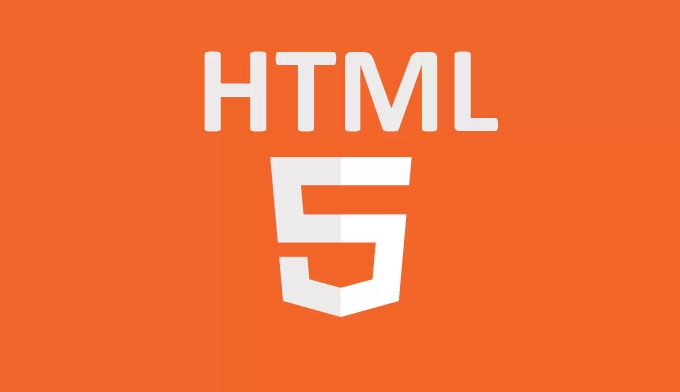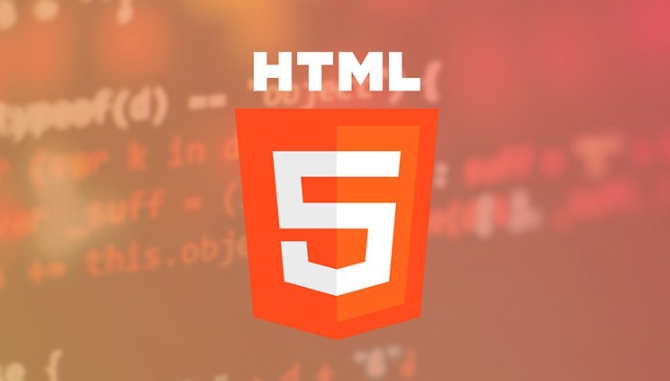To secure HTML5 WebSocket connections using WSS, first use wss:// in client code instead of ws:// to ensure encrypted communication. Second, set up a valid SSL/TLS certificate on the server, ensuring it covers the exact domain and is configured properly. Third, enforce secure connections by blocking unsecured endpoints in production and preventing downgrade attacks. Fourth, implement additional security layers such as client authentication, origin validation, and rate-limiting to enhance protection. These steps ensure that WebSocket communications are fully secured from encryption to access control.

Using WSS (WebSocket Secure) is one of the most straightforward ways to secure HTML5 WebSocket connections. It works similarly to how HTTPS secures HTTP traffic — by encrypting the communication between the client and server using TLS (Transport Layer Security). Here's how you can implement it effectively.

Use WSS Instead of WS in Client Code
The first and most basic step is making sure your client-side code uses wss:// instead of ws://. The "s" stands for "secure," just like with HTTPS.

For example:
const socket = new WebSocket('wss://yourdomain.com/socket');This tells the browser to establish an encrypted connection right from the start. If you're using plain ws://, all data is sent in clear text, which makes it easy for attackers to eavesdrop or tamper with the data.

Also, make sure that if you're dynamically generating the URL based on environment variables or user input, it always defaults to WSS when running in production.
Set Up a Valid SSL/TLS Certificate on the Server
Even if you use wss://, it won't help unless the server has a valid SSL/TLS certificate installed. Otherwise, the browser will block the connection due to security concerns.
Here’s what you need:
- A domain name pointing to your server
- An SSL certificate issued by a trusted certificate authority (like Let's Encrypt, DigiCert, etc.)
- Proper configuration on your WebSocket server to use that certificate
For example, if you're using Node.js with the ws library and an HTTPS server, your setup might look like this:
const fs = require('fs');
const https = require('https');
const WebSocket = require('ws');
const server = https.createServer({
cert: fs.readFileSync('/path/to/fullchain.pem'),
key: fs.readFileSync('/path/to/privkey.pem')
});
const wss = new WebSocket.Server({ server });
wss.on('connection', function connection(ws) {
ws.on('message', function incoming(message) {
console.log('received: %s', message);
});
});
server.listen(443, () => {
console.log('Secure WebSocket server running on port 443');
});Make sure the certificate covers the exact domain you're connecting to (yourdomain.com, not localhost), or browsers will still show warnings or block the connection entirely.
Enforce Secure Connections and Prevent Downgrade Attacks
Sometimes, developers test with unencrypted WebSockets during development but forget to disable them in production. This opens up the possibility of downgrade attacks — where an attacker forces the client to connect via ws:// instead of wss://.
To prevent this:
- Don’t expose the unsecured
ws://endpoint in production - Use firewall rules or reverse proxy settings to block non-HTTPS/WSS traffic
- Redirect any plaintext WebSocket attempts to a secure version (though clients usually won’t follow redirects for WebSockets)
If you're using a reverse proxy like Nginx or Apache in front of your WebSocket server, make sure it's configured to only accept secure connections and forward them properly.
Consider Additional Security Layers
While WSS handles encryption, it doesn’t cover authentication or authorization. You’ll want to add those layers yourself:
- Require clients to authenticate before establishing a WebSocket connection (e.g., using JWT tokens passed in the query string or headers)
- Validate the origin of incoming WebSocket requests to prevent cross-origin abuse
- Rate-limit or monitor for suspicious behavior
Example: Authenticate before allowing a WebSocket upgrade in Node.js:
wss.on('headers', (headers, req) => {
const token = new URL(req.url, `http://${req.headers.host}`).searchParams.get('token');
if (!isValidToken(token)) {
// Close connection or don't allow upgrade
}
});This isn't handled automatically, so you have to build it into your app logic.
WSS gives you encryption out of the box, but securing WebSocket connections goes beyond that. You need to handle authentication, validate origins, and make sure your server setup is solid. Basically, it’s not hard to set up WSS, but easy to overlook the extra steps that keep things truly secure.
The above is the detailed content of Securing HTML5 WebSocket connections using WSS.. For more information, please follow other related articles on the PHP Chinese website!

Hot AI Tools

Undress AI Tool
Undress images for free

Undresser.AI Undress
AI-powered app for creating realistic nude photos

AI Clothes Remover
Online AI tool for removing clothes from photos.

Clothoff.io
AI clothes remover

Video Face Swap
Swap faces in any video effortlessly with our completely free AI face swap tool!

Hot Article

Hot Tools

Notepad++7.3.1
Easy-to-use and free code editor

SublimeText3 Chinese version
Chinese version, very easy to use

Zend Studio 13.0.1
Powerful PHP integrated development environment

Dreamweaver CS6
Visual web development tools

SublimeText3 Mac version
God-level code editing software (SublimeText3)

Hot Topics
 HTML5 Microdata: The best online tools
Jun 09, 2025 am 12:06 AM
HTML5 Microdata: The best online tools
Jun 09, 2025 am 12:06 AM
ThebestonlinetoolsforHTML5MicrodataareGoogleStructuredDataMarkupHelperandSchema.org'sMarkupValidator.1)GoogleStructuredDataMarkupHelperisuser-friendly,guidinguserstoaddMicrodatatagsforenhancedSEO.2)Schema.org'sMarkupValidatorchecksMicrodataimplementa
 What is Microdata? HTML5 Explained
Jun 10, 2025 am 12:09 AM
What is Microdata? HTML5 Explained
Jun 10, 2025 am 12:09 AM
MicrodataenhancesSEOandcontentdisplayinsearchresultsbyembeddingstructureddataintoHTML.1)Useitemscope,itemtype,anditempropattributestoaddsemanticmeaning.2)ApplyMicrodatatokeycontentlikebooksorproductsforrichsnippets.3)BalanceusagetoavoidclutteringHTML
 Microdata in HTML5: The Key to Better Search Engine Ranking
Jun 12, 2025 am 10:22 AM
Microdata in HTML5: The Key to Better Search Engine Ranking
Jun 12, 2025 am 10:22 AM
MicrodatasignificantlyimprovesSEObyenhancingsearchengineunderstandingandrankingofwebpages.1)ItaddssemanticmeaningtoHTML,aidingbetterindexing.2)Itenablesrichsnippets,increasingclick-throughrates.3)UsecorrectSchema.orgvocabularyandkeepitupdated.4)Valid
 Audio and Video: HTML5 VS Youtube Embedding
Jun 19, 2025 am 12:51 AM
Audio and Video: HTML5 VS Youtube Embedding
Jun 19, 2025 am 12:51 AM
HTML5isbetterforcontrolandcustomization,whileYouTubeisbetterforeaseandperformance.1)HTML5allowsfortailoreduserexperiencesbutrequiresmanagingcodecsandcompatibility.2)YouTubeofferssimpleembeddingwithoptimizedperformancebutlimitscontroloverappearanceand
 Audio and Video : What about browser compatibility?
Jun 11, 2025 am 12:01 AM
Audio and Video : What about browser compatibility?
Jun 11, 2025 am 12:01 AM
Browser compatibility can ensure that audio and video content works properly in different browsers by using multiple formats and fallback strategies. 1. Use HTML5 audio and video tags and provide multiple format sources such as MP4 and OGG. 2. Consider automatic playback and mute strategies and follow the browser's policies. 3. Handle cross-domain resource sharing (CORS) issues. 4. Optimize performance and use adaptive bit rate streaming media technologies such as HLS.
 Audio and Video: can i record it?
Jun 14, 2025 am 12:15 AM
Audio and Video: can i record it?
Jun 14, 2025 am 12:15 AM
Yes,youcanrecordaudioandvideo.Here'show:1)Foraudio,useasoundcheckscripttofindthequietestspotandtestlevels.2)Forvideo,useOpenCVtomonitorbrightnessandadjustlighting.3)Torecordbothsimultaneously,usethreadinginPythonforsynchronization,oroptforuser-friend
 Adding Audio and Video to HTML: Best Practices and Examples
Jun 13, 2025 am 12:01 AM
Adding Audio and Video to HTML: Best Practices and Examples
Jun 13, 2025 am 12:01 AM
Use and elements to add audio and video to HTML. 1) Use elements to embed audio, make sure to include controls attributes and alternate text. 2) Use elements to embed video, set width and height attributes, and provide multiple video sources to ensure compatibility. 3) Add subtitles to improve accessibility. 4) Optimize performance through adaptive bit rate streaming and delayed loading. 5) Avoid automatic playback unless muted, ensuring user control and a clear interface.
 What is the purpose of the input type='range'?
Jun 23, 2025 am 12:17 AM
What is the purpose of the input type='range'?
Jun 23, 2025 am 12:17 AM
inputtype="range" is used to create a slider control, allowing the user to select a value from a predefined range. 1. It is mainly suitable for scenes where values ??need to be selected intuitively, such as adjusting volume, brightness or scoring systems; 2. The basic structure includes min, max and step attributes, which set the minimum value, maximum value and step size respectively; 3. This value can be obtained and used in real time through JavaScript to improve the interactive experience; 4. It is recommended to display the current value and pay attention to accessibility and browser compatibility issues when using it.






